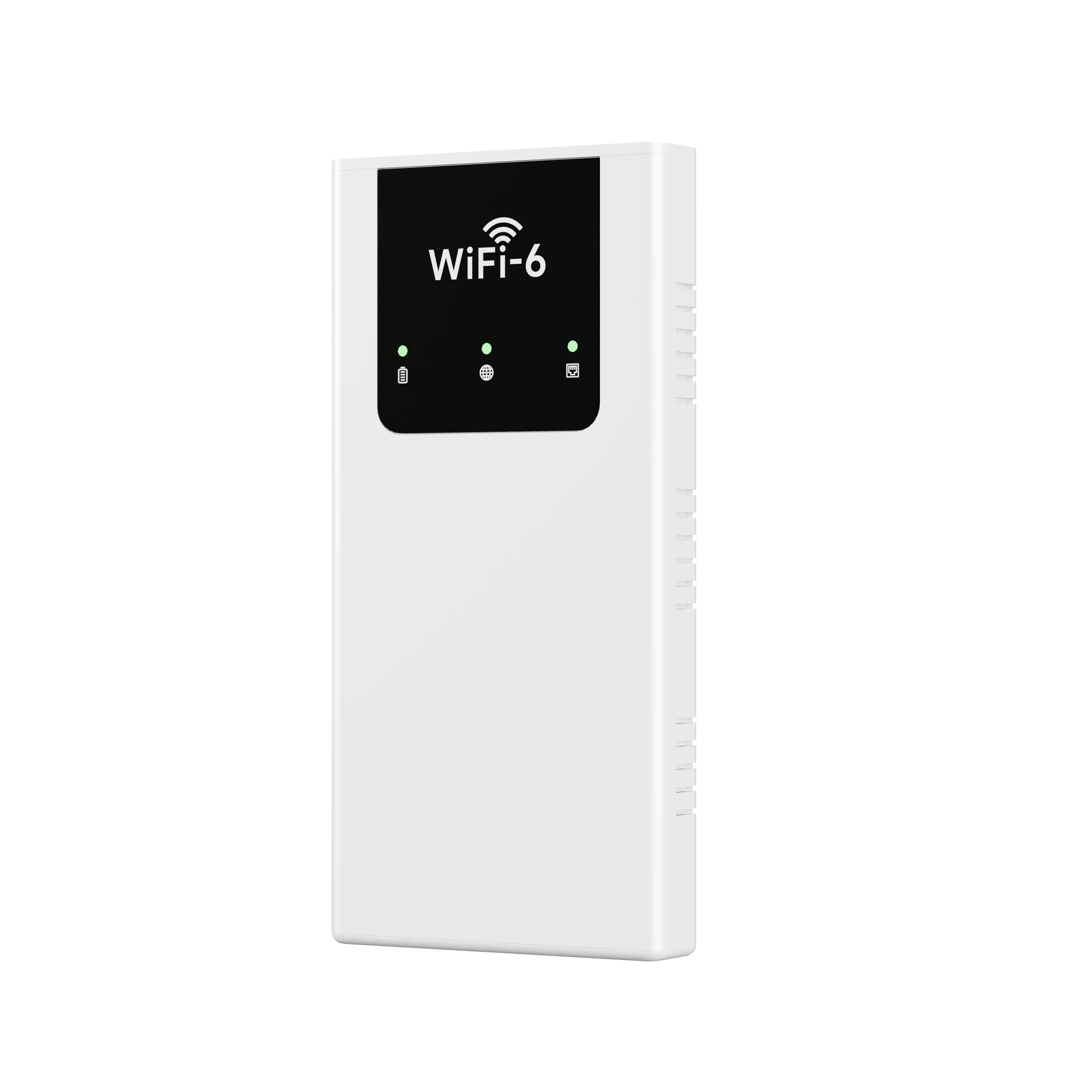Trimmer resistors, also known as preset resistors or variable resistors, are essential components in electronic circuits that allow for precise adjustment of resistance values. These miniature devices play a crucial role in fine-tuning circuit performance, ensuring optimal functionality and accuracy. In this article, we will delve into the inner workings of trimmer resistors, exploring their construction, operation principles, and practical applications.
- Construction and Design:
Trimmer resistors typically consist of a resistive element, a wiper, and two terminals. The resistive element is often a carbon film or cermet material, chosen for its stable resistance characteristics. The wiper, connected to a movable contact, slides along the resistive element, allowing for variable resistance values. The two terminals provide electrical connections to the circuit. - Working Principles:
Trimmer resistors operate based on the principle of resistive division. As the wiper moves along the resistive element, it changes the effective length of the resistive path, altering the resistance value between the terminals. This adjustment can be achieved either manually, using a screwdriver or a small tool, or automatically through external control mechanisms. - Precision and Calibration:
One of the key advantages of trimmer resistors is their ability to provide precise resistance adjustments. These components are often calibrated during the manufacturing process to ensure accurate resistance values within specified tolerances. This calibration allows for fine-tuning of circuit parameters, such as voltage levels, current flows, and signal amplitudes, leading to enhanced performance and reliability. - Practical Applications:
Trimmer resistors find applications in various industries and electronic devices. Some common uses include:
- Calibration and adjustment of sensors: Trimmer resistors enable precise calibration of sensors used in temperature, pressure, or light measurement, ensuring accurate readings.
- Circuit tuning and optimization: Trimmer resistors allow circuit designers to fine-tune amplifier gain, filter cutoff frequencies, and other parameters, optimizing circuit performance.
- Test and measurement equipment: Trimmer resistors are utilized in multimeters, oscilloscopes, and other testing instruments to calibrate and adjust measurement accuracy.
- Consumer electronics: Trimmer resistors are found in devices like televisions, audio systems, and electronic gadgets, enabling users to adjust volume, brightness, and other settings.
Conclusion:
Trimmer resistors are indispensable components in modern electronics, providing the means for precise resistance adjustments and calibration. Their construction, working principles, and applications make them vital for achieving optimal circuit performance and accuracy. Whether in industrial settings, consumer electronics, or scientific instruments, trimmer resistors empower engineers and users to fine-tune and optimize electronic systems, unlocking the full potential of their designs.

